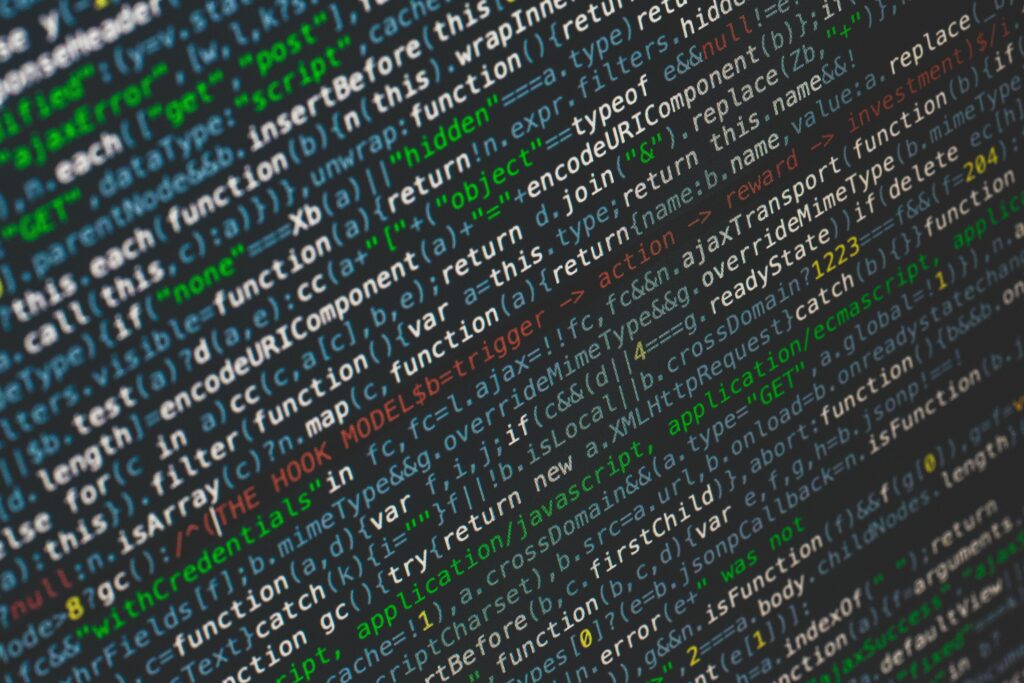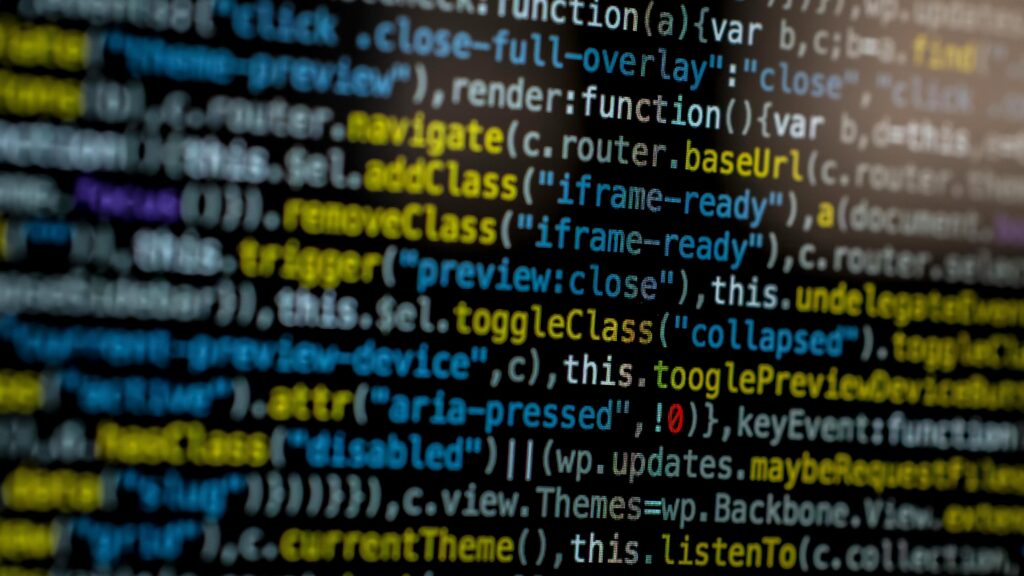When working with computers, we constantly handle data—but how is it actually processed? The answer lies in what is an operand in computer science. An operand is the data or value on which an operation acts, whether in programming, arithmetic, or hardware execution. In this article, I’ll explain what is an operand in computer science, how it works in various contexts, and why it’s crucial for understanding how computers perform calculations and execute instructions.
What is Computer Science?
Computer science is the study of how computers process, store, and manipulate data. It involves many fields, including programming, algorithms, hardware design, and artificial intelligence. Computers perform tasks by following precise instructions, called instructions or commands. These instructions involve operations on data. The data used in these operations are called operands.

What is an Operand in Computer Science?
An operand is a value or variable that an operation manipulates. Every computational process requires data, and these data points act as operands. For example, in a simple arithmetic operation:
5 + 3Here, 5 and 3 are the operands, while + is the operator. The operator performs an action on the operands to produce a result.
Operands in Programming
In programming, operands appear in many expressions. Consider this Python example:
x = 10
y = 20
z = x + yIn this case, x and y are operands. The + operator adds their values, and the result is stored in z. This process happens in almost every programming language.
Operands in CPU Instructions
When a CPU executes an instruction, it often works with operands stored in registers. Consider this assembly instruction:
ADD R1, R2, R3This means add the value in register R2 to the value in register R3 and store the result in register R1. Here, R2 and R3 act as operands. CPUs process millions of such operations every second, allowing programs to run efficiently.
Operands in Logic Circuits
Operands are also essential in digital logic circuits. A complex logic circuit processes input operands to produce an output. For example, a digital circuit might receive two binary numbers and apply a logical AND operation:
1010 AND 1100 → 1000Here, 1010 and 1100 are the operands, and AND is the logical operator. The output, 1000, results from the operation.
Final Thoughts
Operands are fundamental in computer science. They exist in arithmetic, programming, CPU operations, and digital logic circuits. Understanding them helps us grasp how computers function at different levels. Whether we write software, analyze hardware, or design systems, operands remain an essential concept. By mastering them, we gain deeper insights into the core workings of computation.
What’s Next?!
Now that you understand what an operand is in computer science and how it drives data processing, it’s time to explore how computers protect that data. In my next article, “What are Encryption Algorithms? A Simple and Clear Guide,” I’ll explain how encryption keeps information secure during transmission and storage. Join me to uncover the principles behind encryption algorithms and see how they safeguard the digital world we rely on every day.
Credits: Photo by Markus Spiske from Pexels




